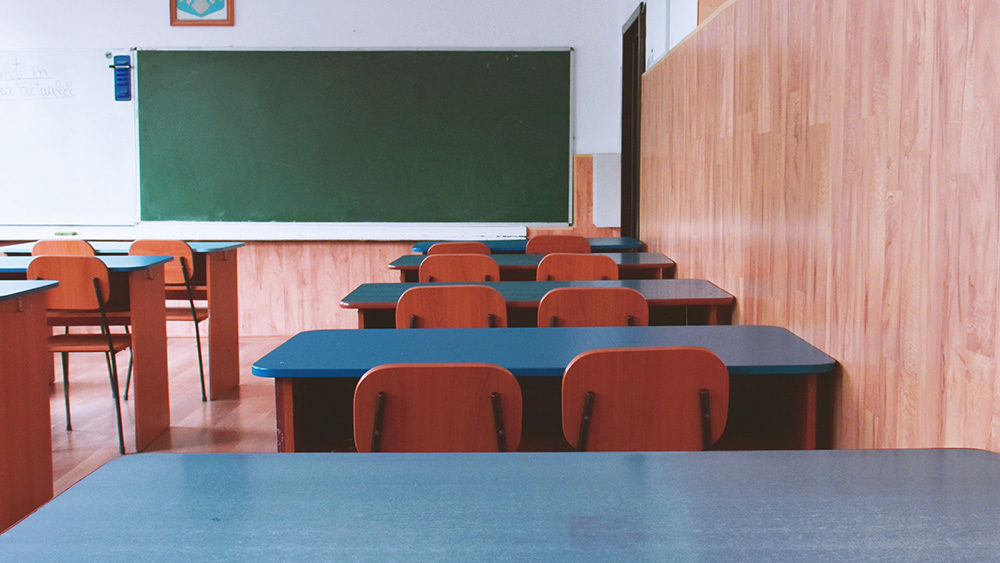by Paul O’Neill
We commend Andrea Gabor for raising an important issue: children with disabilities’ equal access to charter schools. As New York and other states work to grow the charter sector as part of larger education reform efforts focused on improving the quality of public education, we must ensure that charter schools are open to all students. Yet, in leading her commentary with a provocative title (“Charter School Refugees”) and building her argument on select data absent context, we fear Gabor obscured rather than advanced the issue. As co-founders of The Center for Learner Equity, we are passionate about ensuring students with disabilities have equal access to charter schools and that these schools leverage their autonomy to develop exemplary programs for all students. However, addressing this issue requires thoughtful analysis to ensure we are identifying, and hopefully solving, the correct problems.
Decisions regarding identification and provision of services outlined in Individualized Education Programs (IEPs) are made by Committees on Special Education (CSEs) led by NYC DOE personnel. When a child with a disability, or their parents, expresses an interest in enrolling in a charter school or a child already enrolled in the charter is believed to have a disability, the CSE convenes a meeting to discuss how the student will be provided needed supports. The CSE may also determine it would be more “appropriate” for the student to attend a traditional public school that operates a specialized program in line with the students’ unique needs. While parents and charter school personnel are part of the IEP meeting, the CSEs lead and influence the process based on their knowledge of the broader system and specialized programs. Gabor implies that enrollment is solely a reflection of discriminatory policies applied by charter schools: this is clearly not the case.
Gabor also referenced the high mobility rate of students with disabilities and cited the NYC Independent Budget Office’s (IBO) January report. Missing from the discussion was a follow up statement released by the IBO acknowledging misleading information in the report. It turns out the IBO’s analysis regarding special education only examined data regarding students who spend 100% of their day in specialized programs – the minority of students with disabilities in public schools. And, the IBO found that over three years, charter schools actually retain 70% of general education students, including those students with disabilities who are served in general education classrooms, compared to traditional public schools that retain 61%. Furthermore, the lower mobility rate at charter schools held when controlled for gender, race/ethnicity, poverty, and English learner status. These findings reflect prior research of a smaller sample of school conducted by Marcus Winters for the Center on Reinventing Public Education in 2012.
In her discussion about mobility, Gabor highlights two schools: Global Tech and Isaac Newton. Global Tech appears to offer a learning environment that enables all students to succeed. However, the quotation from the Global Tech principal regarding “charter-school refugees” seems out of place given the principal’s acknowledgement that she did not receive any transfers in the last two years and the fact that NY has adjusted its finance system to account for mid-year transfers. Isaac Newton on the other hand has received a number of transfers but Gabor does not present any context regarding whether any of these students in fact transferred from charter schools.
Missing from the article is any acknowledgement that charter schools in NYC are actively working with local CSEs and parents to serve students with disabilities. And, they have invested in creating a NYC Special Education Collaborative designed to build their capacity to provide quality programs. In addition, a number of charters (e.g., Neighborhood Charter School of Harlem and the New York Center for Autism Charter School) are specifically seeking and serving students with disabilities in ways that can be a model for districts and charters across the country.
In closing, we wholly support Gabor’s commitment to advocating for students with disabilities. However, fostering a traditional versus charter school debate and referring to students with disabilities as ‘refugees’ obfuscates the substantive issues. All public schools, and the larger systems that fund and support them, must commit to holistically including students with disabilities to ensure they are welcomed and provided exemplary services thereby removing the need for any student to see “refuge” from any type of school. On this front, all schools have plenty of room to grow.

Comments are closed.